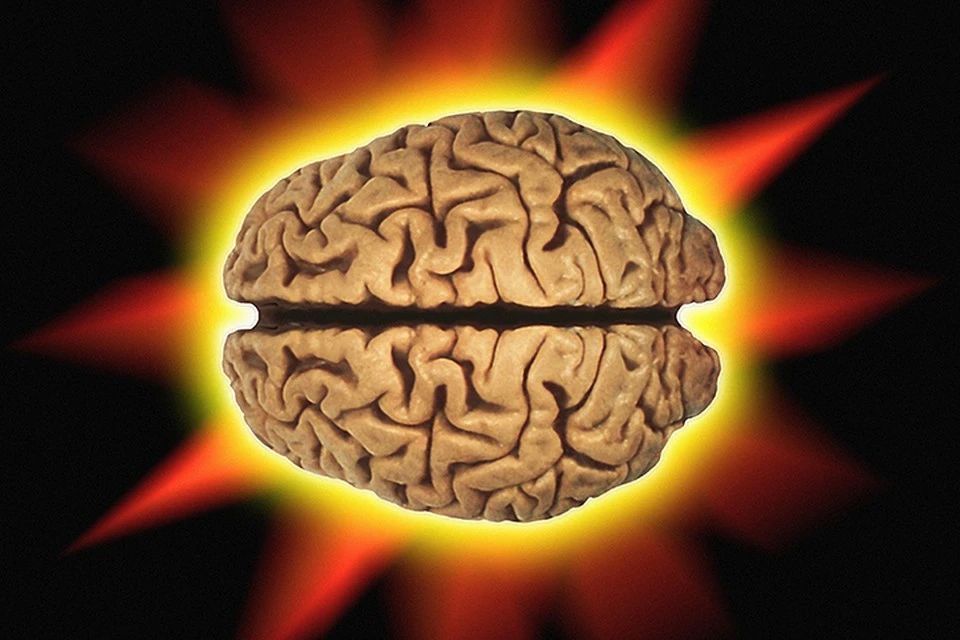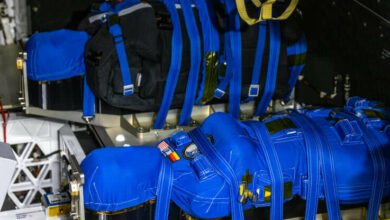
Scientists have made an amazing discovery Our brain can sleep in parts, like dolphins
(ORDO NEWS) — I sleep on the go, fall asleep at lectures - familiar sensations? It seems that this is not just a figure of speech, but a scientific fact. The human brain is immersed in sleep not entirely, but in parts. And he wakes up too.
Dolphins are famous for this amazing ability: while one hemisphere sleeps, the other is awake. And one eye is open. After a couple of hours, the hemispheres change places.
Thus, marine mammals both rest and are always on the alert (and afloat). For dolphins, half-sleep is a matter of survival: they need to surface regularly to breathe, watch for predators, and keep up with the pack.
Experiments with rats have shown that rodents have a similar “super strength.” During the experiments, scientists did not let the rats sleep, but they adapted: some of the neurons turned off, although the animal seemed to be awake and continued to walk and eat.
Maybe people can do that too? Imagine how great it would be! Half a day one hemisphere sleeps, half a day the other. We would have been able to do much more pleasant and useful things.
A new study by scientists from the University of Wisconsin-Madison (USA), the University of Buenos Aires (Argentina) and the Goethe University in Frankfurt (Germany) shows that the human brain really knows how to sleep not entirely, but in parts. In any case, some areas of the brain fall asleep before everyone else, while others wake up first.
The experiment involved 36 volunteers. They went to bed wearing EEG caps inside the MRI machine. So-so bed, of course, but what can not be done for the sake of science! The secret of the study is to do electroencephalography (EEG) and magnetic resonance imaging at the same time.
An EEG changes the electrical activity in the brain and is great at showing rapid changes, but provides little information about how different parts of the brain are behaving, explains Chen Song, one of the study’s authors. The fact that the brain is asleep is said, for example, by the so-called “sleep spindles”, or slow waves.
MRI, on the other hand, tracks blood circulation in the brain - as an indicator of neuronal activity, and with a resolution of up to one cubic millimeter.
What did you see in the end?
The first to fall asleep is the thalamus - the part of the brain that receives and processes information from the sense organs.
It also plays an important role in processes such as memory, concentration, speech. The frontal lobe wakes up before everyone else, which also has many important functions related to movement, memory, and information processing.
The study opens up a whole new avenue for studying sleep and the brain in general, according to Kate Chan of Vanderbilt University.
It will be useful, for example, to compare how the brains of people with healthy sound sleep and those who suffer from insomnia behave.
And it is very interesting to understand why nature endowed us with the ability to partially sleep and stay awake, and how we use it, albeit unconsciously.
We don’t know anything about this at all! Chen Song admits.
Or maybe they know lone yachtsmen who spend weeks in the ocean without normal sleep? Or students cramming the textbook until the morning, and celebrating the exam the next night?
And mothers of babies? It is logical to assume that all of them do not literally fall asleep on the go, because their brain turns off different parts in turn.
—
Online:
Contact us: [email protected]
Our Standards, Terms of Use: Standard Terms And Conditions.









